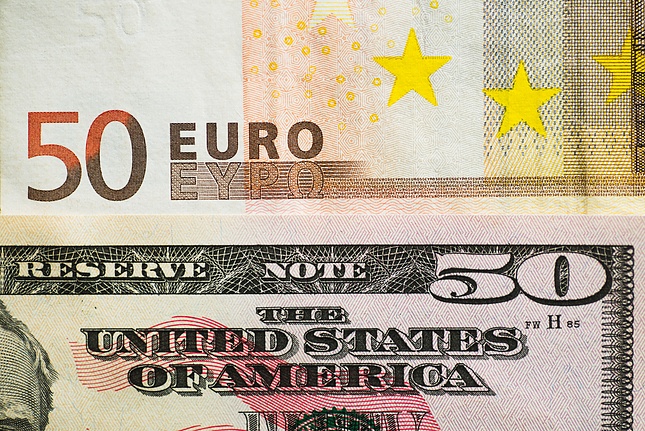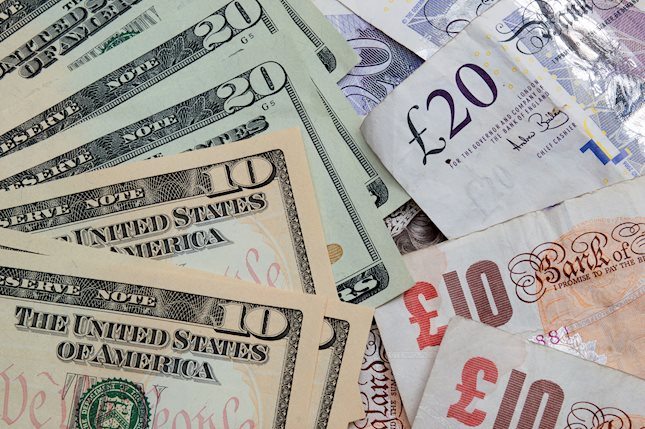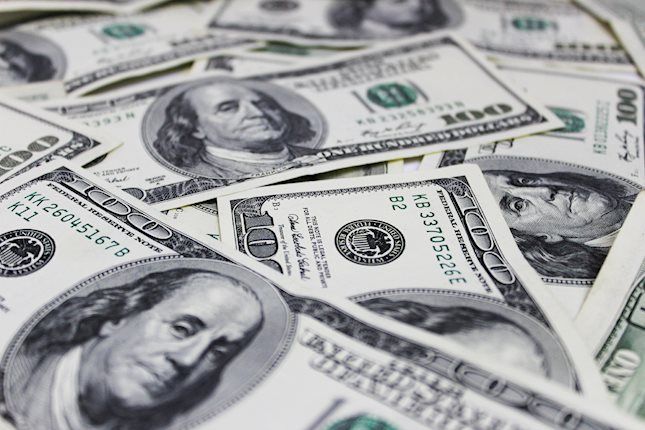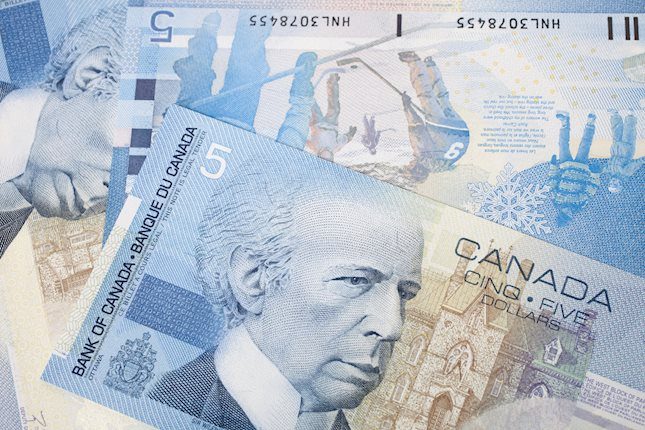Forex Today: US Dollar stabilizes following correction, eyes on mid-tier data releases
Here is what you need to know on Friday, October 25:
The US Dollar (USD) stays resilient against its major rivals early Friday after struggling to find demand on Thursday. During the European trading hours, investors will pay close attention to the outcome of the IFO business sentiment surveys from Germany. Later in the day, September Durable Goods Orders and the final revision of the University of Michigan's Consumer Sentiment Index for October will be featured in the US economic calendar. Additionally, Statistics Canada will publish Retail Sales figures for September.
The improving risk mood made it difficult for the USD to extend its weekly rally on Thursday. As Wall Street's main indexes ended the day in positive territory, the USD Index lost 0.4%, registering its largest one-day drop in a month. In the European morning on Friday, the USD Index holds steady above 104.00, while US stock index futures trade marginally higher on the day.
US Dollar PRICE This week
The table below shows the percentage change of US Dollar (USD) against listed major currencies this week. US Dollar was the strongest against the Japanese Yen.
| USD | EUR | GBP | JPY | CAD | AUD | NZD | CHF | |
|---|---|---|---|---|---|---|---|---|
| USD | 0.46% | 0.68% | 1.60% | 0.29% | 1.20% | 1.08% | 0.18% | |
| EUR | -0.46% | 0.16% | 1.04% | -0.11% | 0.71% | 0.51% | -0.36% | |
| GBP | -0.68% | -0.16% | 0.89% | -0.39% | 0.53% | 0.39% | -0.55% | |
| JPY | -1.60% | -1.04% | -0.89% | -1.29% | -0.39% | -0.45% | -1.46% | |
| CAD | -0.29% | 0.11% | 0.39% | 1.29% | 0.81% | 0.85% | -0.24% | |
| AUD | -1.20% | -0.71% | -0.53% | 0.39% | -0.81% | -0.05% | -1.08% | |
| NZD | -1.08% | -0.51% | -0.39% | 0.45% | -0.85% | 0.05% | -0.94% | |
| CHF | -0.18% | 0.36% | 0.55% | 1.46% | 0.24% | 1.08% | 0.94% |
The heat map shows percentage changes of major currencies against each other. The base currency is picked from the left column, while the quote currency is picked from the top row. For example, if you pick the US Dollar from the left column and move along the horizontal line to the Japanese Yen, the percentage change displayed in the box will represent USD (base)/JPY (quote).
After touching its lowest level since early July at 1.0760 on Wednesday, EUR/USD recovered on Thursday and closed above 1.0800. The pair struggles to build on Thursday's gains and trades in a narrow channel at around 1.0820 to begin the European session.
GBP/USD gained more than 0.4% on Thursday and erased Wednesday's losses. The pair, however, went into a consolidation phase before testing 1.3000 and was last seen moving sideways near 1.2970.
Despite the broad-based USD weakness, USD/CAD managed to post small gains on Thursday as the Canadian Dollar failed to attract buyers following the Bank of Canada's (BoC) decision to lower the policy rate by 50 basis points earlier in the week. The pair moves up and down in a very narrow band at around 1.3850 early Friday.
Following a three-day rally, USD/JPY corrected lower on Thursday. Commenting on the action in foreign exchange markets, "the recent Yen falls are driven partly by optimism over the US economic outlook," Bank of Japan (BoJ) Governor Kazuo Ueda said late Thursday. Japan's Economy Minister Ryosei Akazawa said on Friday that a weak Yen has various impacts on the economy, repeating that it's important for currencies to move in a stable manner reflecting fundamentals. Meanwhile, the data from Japan showed that the Tokyo Consumer Price Index (CPI) rose 1.8% on a yearly basis in October, at a softer pace than the 2.1% increase recorded in September.
Gold regained its traction on Thursday and rose 0.75% on a daily basis, supported by the pullback seen in US Treasury bond yields. XAU/USD stays relatively quiet and trades below $2,750 in the European morning on Friday.
US Dollar FAQs
The US Dollar (USD) is the official currency of the United States of America, and the ‘de facto’ currency of a significant number of other countries where it is found in circulation alongside local notes. It is the most heavily traded currency in the world, accounting for over 88% of all global foreign exchange turnover, or an average of $6.6 trillion in transactions per day, according to data from 2022. Following the second world war, the USD took over from the British Pound as the world’s reserve currency. For most of its history, the US Dollar was backed by Gold, until the Bretton Woods Agreement in 1971 when the Gold Standard went away.
The most important single factor impacting on the value of the US Dollar is monetary policy, which is shaped by the Federal Reserve (Fed). The Fed has two mandates: to achieve price stability (control inflation) and foster full employment. Its primary tool to achieve these two goals is by adjusting interest rates. When prices are rising too quickly and inflation is above the Fed’s 2% target, the Fed will raise rates, which helps the USD value. When inflation falls below 2% or the Unemployment Rate is too high, the Fed may lower interest rates, which weighs on the Greenback.
In extreme situations, the Federal Reserve can also print more Dollars and enact quantitative easing (QE). QE is the process by which the Fed substantially increases the flow of credit in a stuck financial system. It is a non-standard policy measure used when credit has dried up because banks will not lend to each other (out of the fear of counterparty default). It is a last resort when simply lowering interest rates is unlikely to achieve the necessary result. It was the Fed’s weapon of choice to combat the credit crunch that occurred during the Great Financial Crisis in 2008. It involves the Fed printing more Dollars and using them to buy US government bonds predominantly from financial institutions. QE usually leads to a weaker US Dollar.
Quantitative tightening (QT) is the reverse process whereby the Federal Reserve stops buying bonds from financial institutions and does not reinvest the principal from the bonds it holds maturing in new purchases. It is usually positive for the US Dollar.
Forex News
Keep up with the financial markets, know what's happening and what is affecting the markets with our latest market updates. Analyze market movers, trends and build your trading strategies accordingly.

















